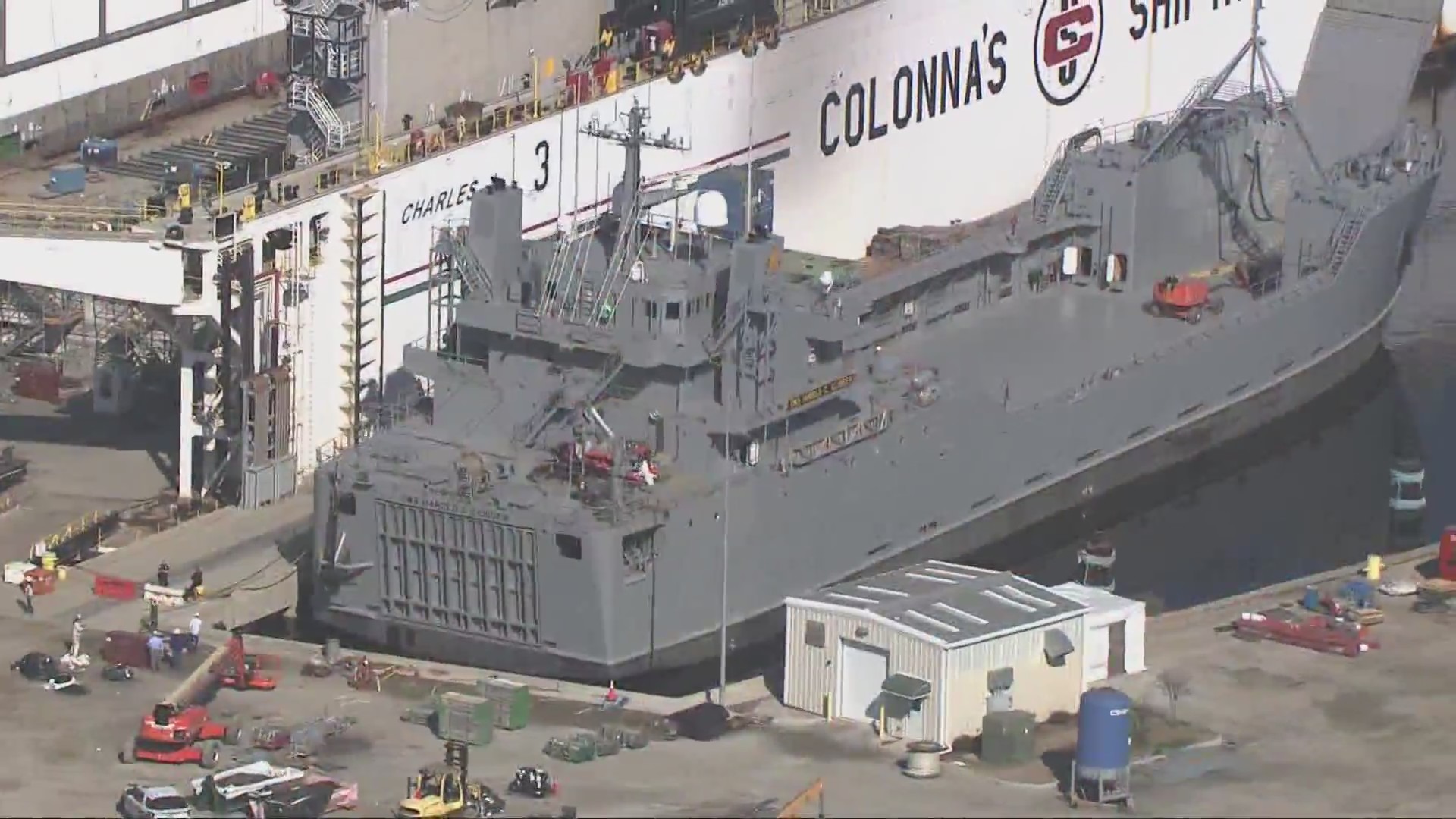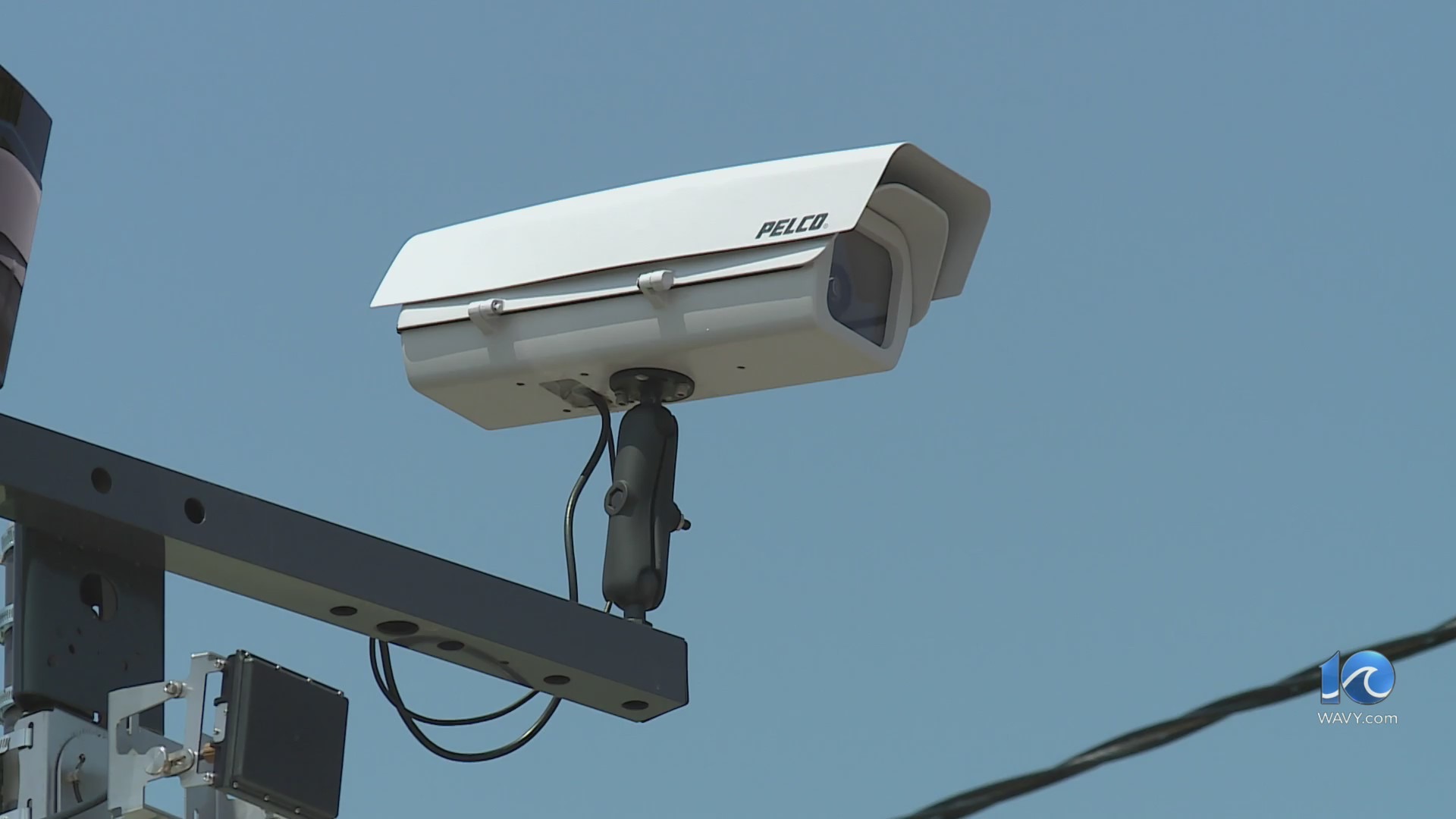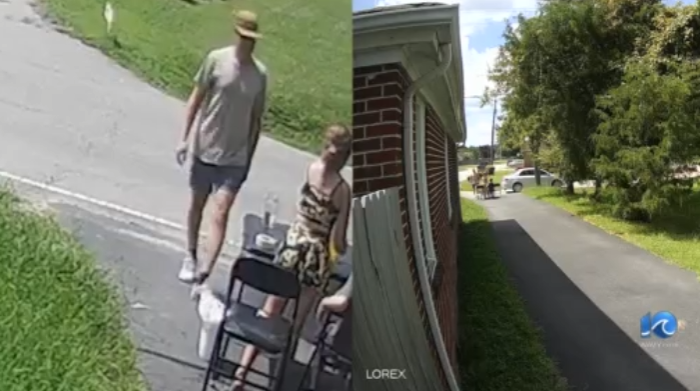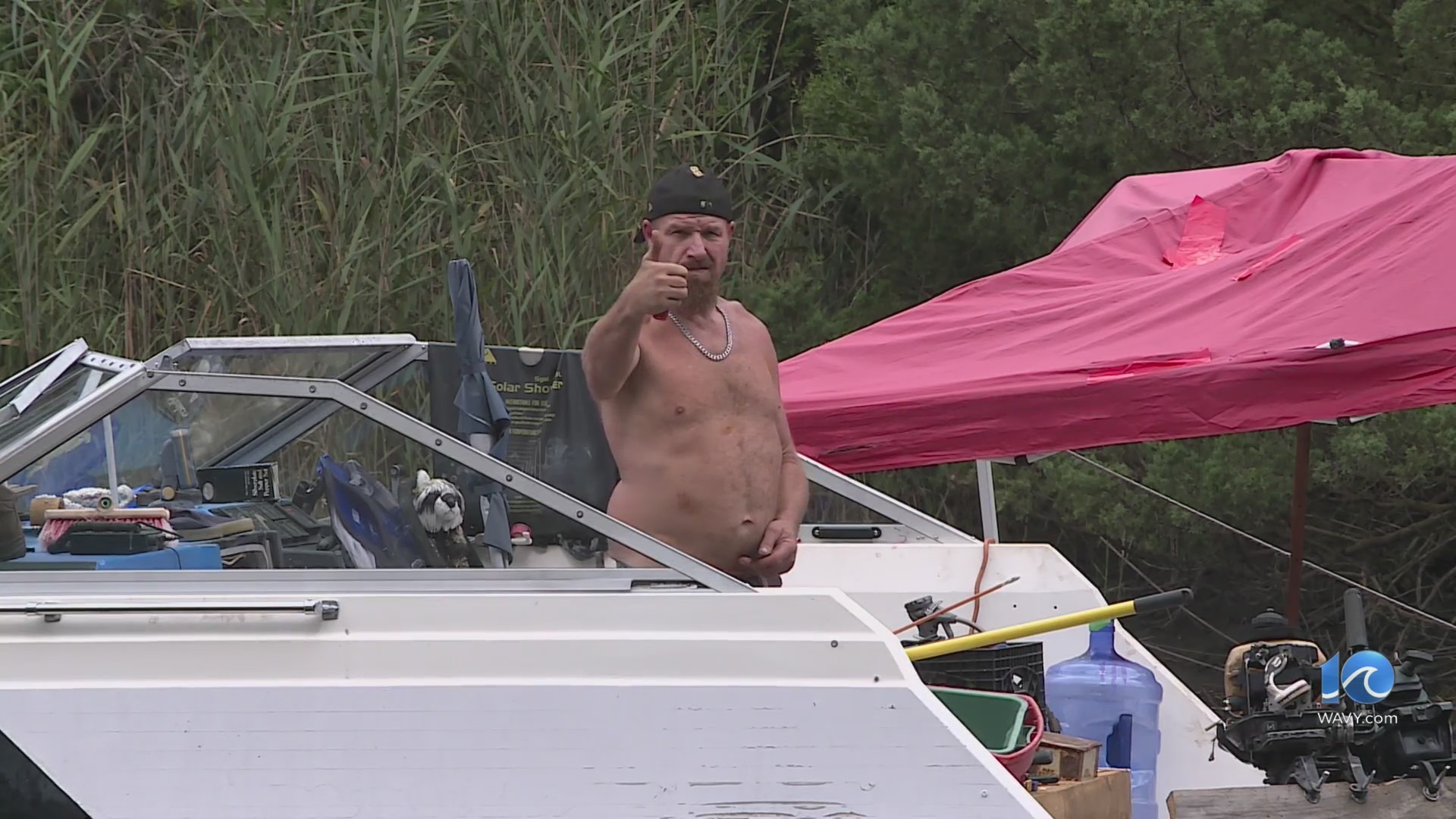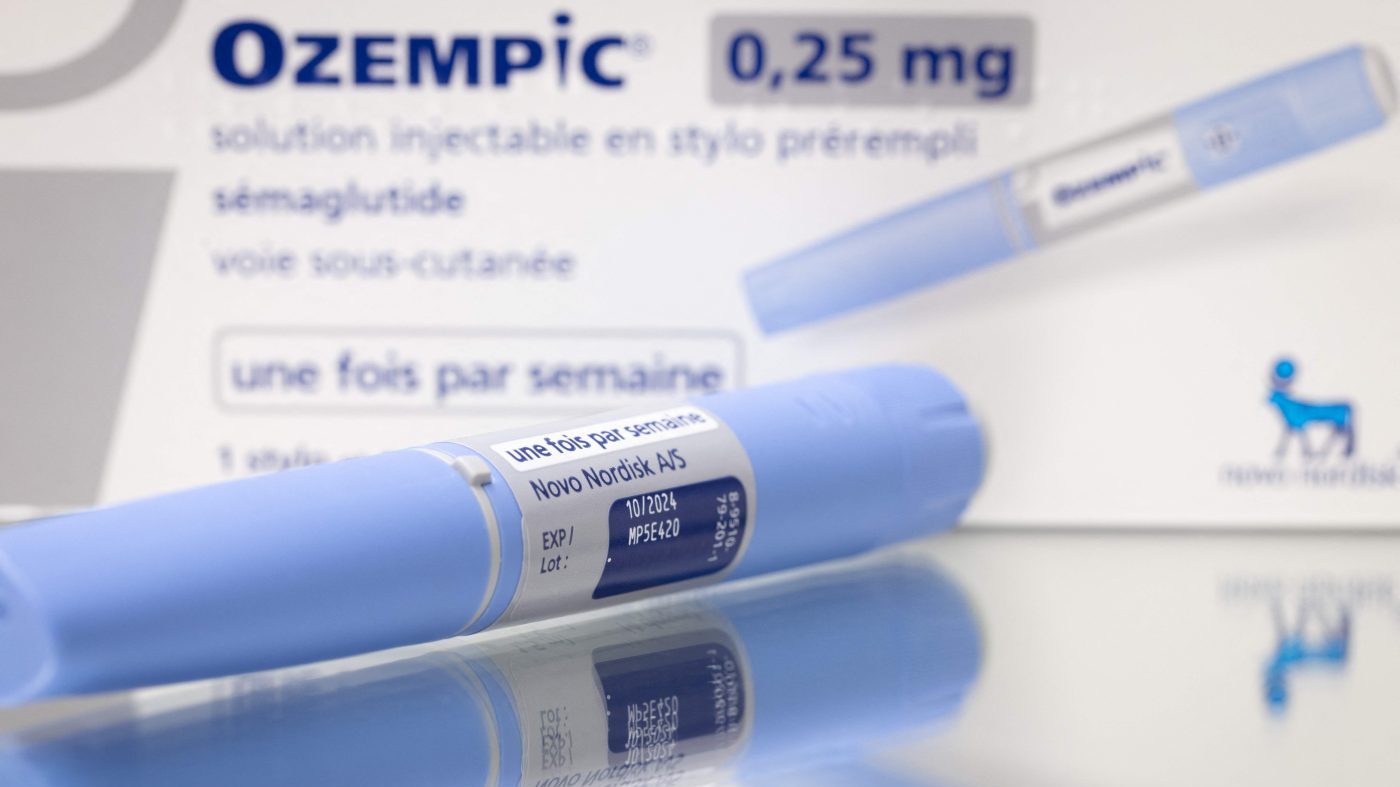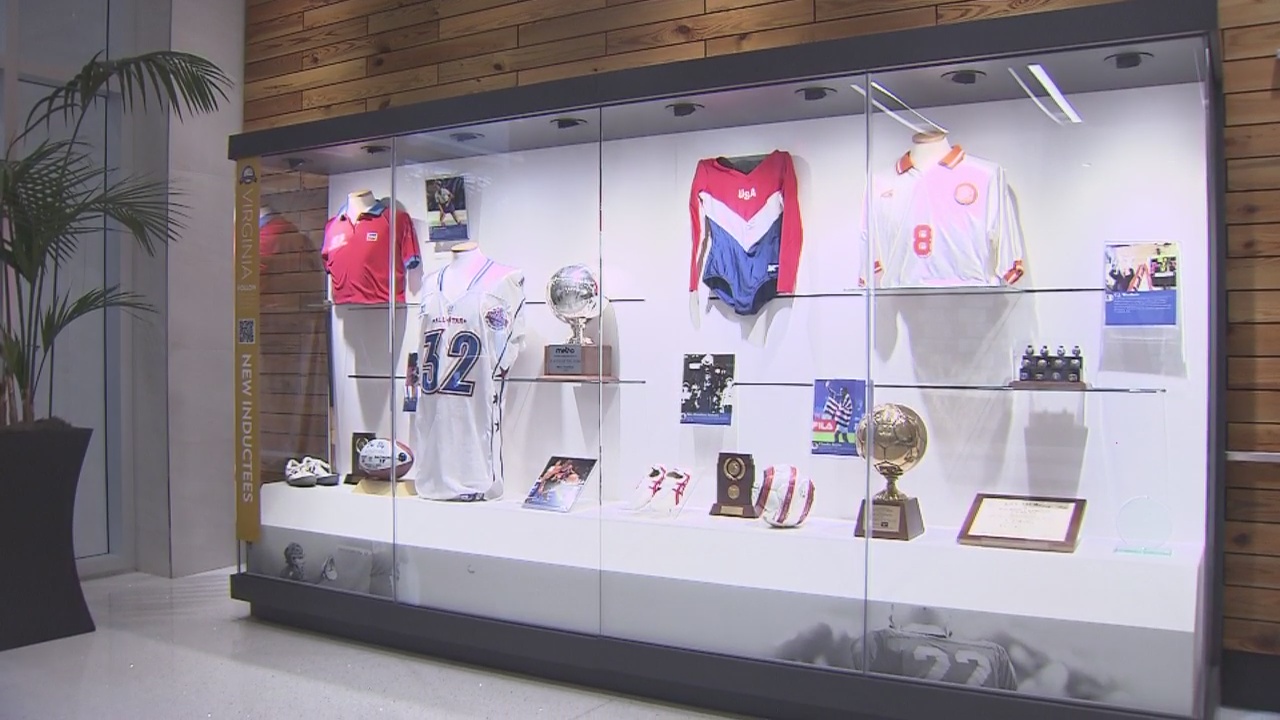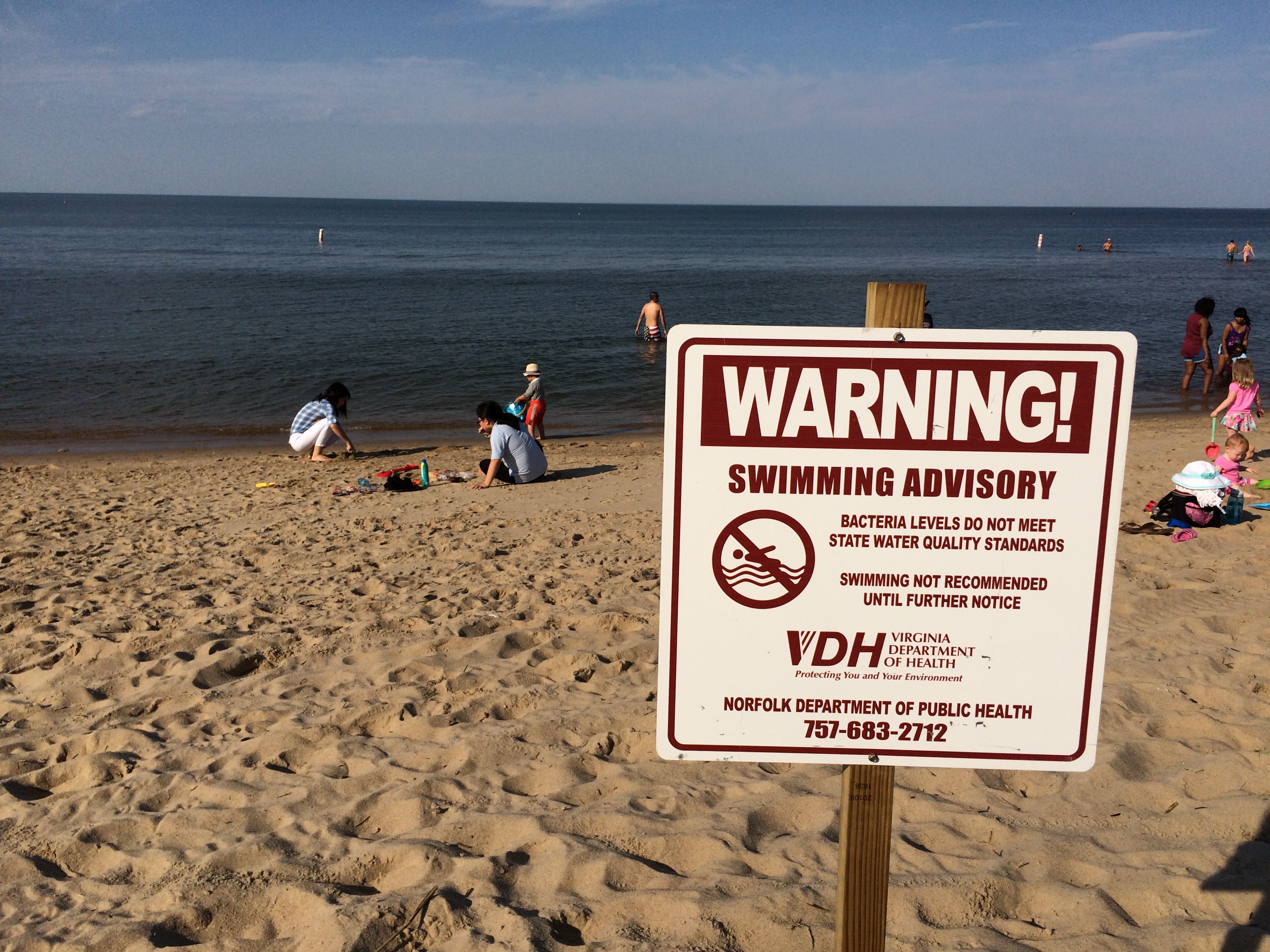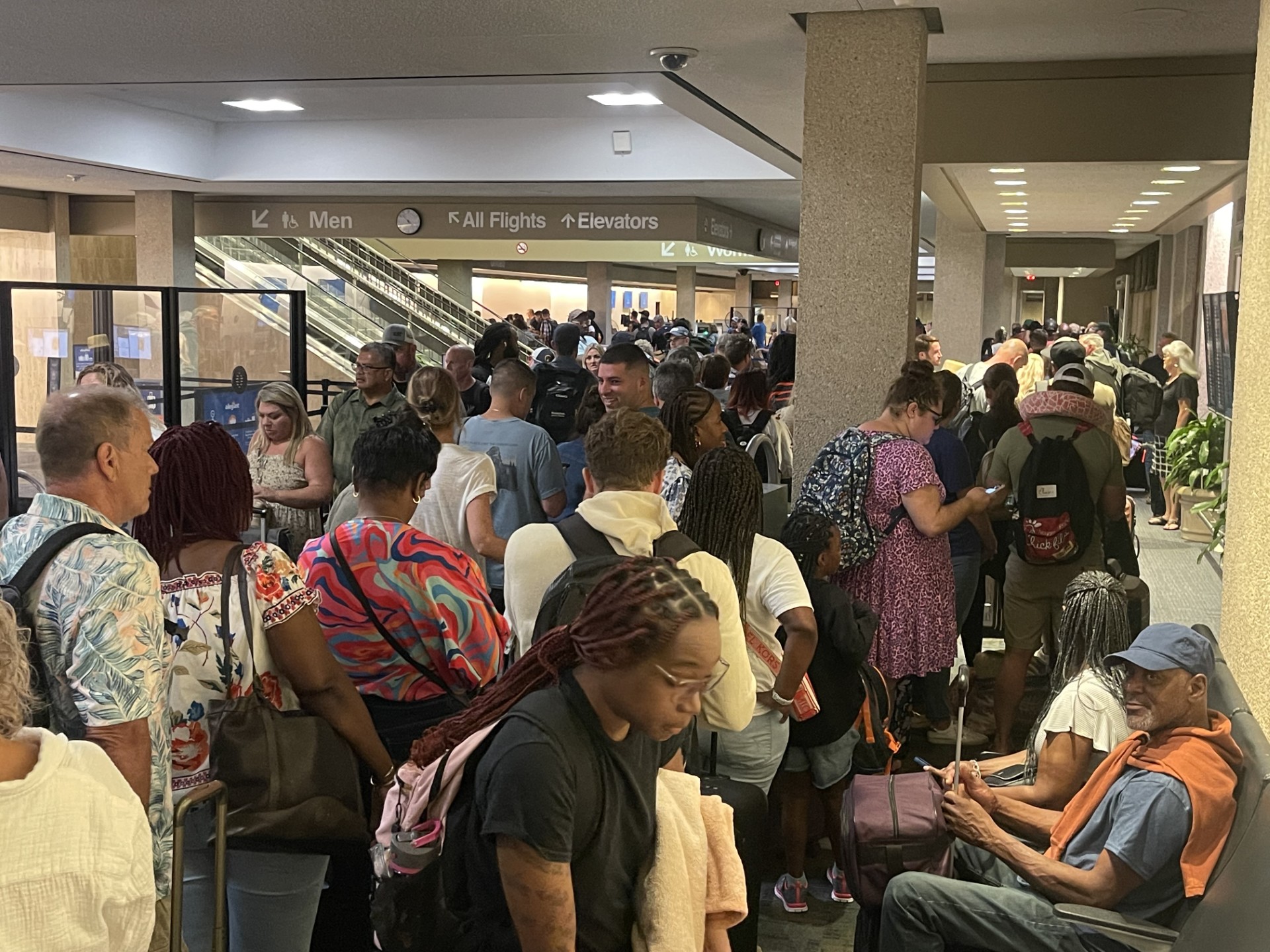PORTSMOUTH, Va. (WAVY) — Welcome to day four of Severe Weather Awareness Week!
The surface of our planet is 71% water, so it’s only fitting that flooding is the most common and widespread of any weather-induced natural disaster. Hampton Roads is no stranger to water either, surrounded by the Chesapeake Bay, its inlets, and the Atlantic Ocean. So,m it’s critical to understand how dangerous water and flooding can be.
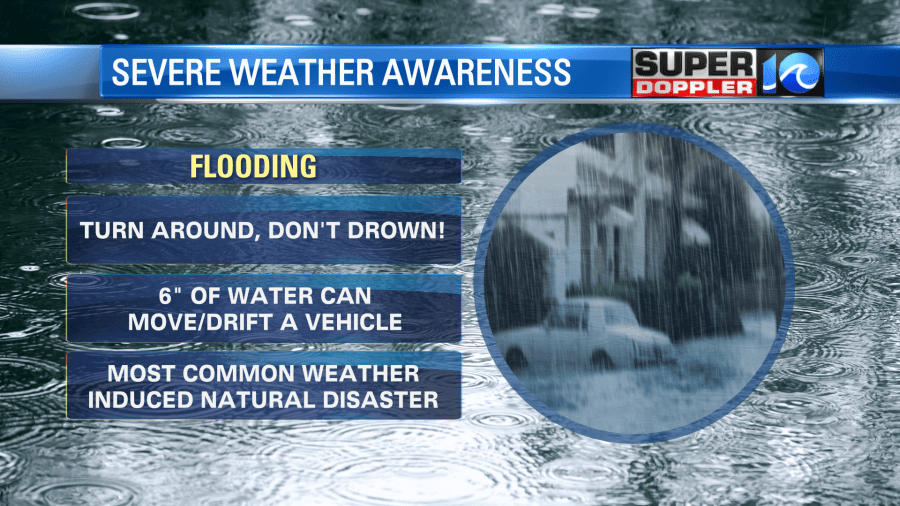
Every year, there are more deaths due to flooding than any other thunderstorm-related hazard. Heavy rains, storm surges, tides, waves and melting snow are all causes of floods. Around Hampton Roads, we’re familiar with what kind of flooding changes in tides, storm surge and heavy rains can do.
Flash flooding is the most dangerous type of flooding as it combines the power that water and flooding have with rapid speeds. A flash flood is one that happens so quickly, not only the quantity of water causes damage, but the speed it’s moving does as well.
Many cities and highly-populated areas deal with flash flooding; the amount of pavement and concrete prevents high quantities of water to absorb into the ground, leading to flooding. In fact, it only takes six inches of water on the road to disrupt a vehicle, especially if that water is moving. Six inches of moving water can carry away a vehicle.
It sounds cliché, but the phrase “turn around, don’t drown,” is as serious as they come.













































































